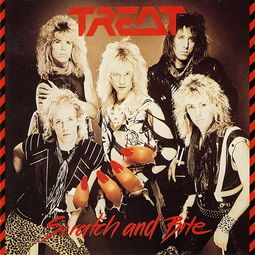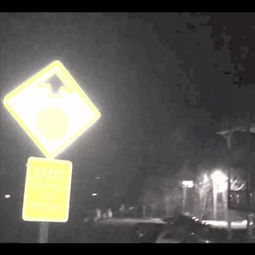
Understanding the Wasp Bite and Its Swelling: A Comprehensive Guide
Have you ever been unfortunate enough to experience a wasp bite? If so, you know that it can be a painful and uncomfortable experience. In this article, we will delve into the details of a wasp bite, its symptoms, and the swelling that often accompanies it. By the end, you’ll have a better understanding of what to expect and how to manage the situation.
What is a Wasp Bite?

A wasp bite occurs when a wasp injects venom into your skin. Wasps are part of the Hymenoptera order, which also includes bees and ants. While bees usually leave their stingers behind after stinging, wasps can sting multiple times without losing their stingers. This means that a wasp bite can be more severe than a bee sting.
Common Symptoms of a Wasp Bite

After a wasp bite, you may experience a range of symptoms. These can include:
| Symptom | Description |
|---|---|
| Pain | Immediate and sharp pain at the site of the bite |
| Swelling | Localized swelling around the bite area |
| Redness | Redness and warmth around the bite area |
| Itching | Itching around the bite area |
| Wheezing | In severe cases, difficulty breathing |
| Swelling of the throat | In severe cases, swelling of the throat, which can be life-threatening |
These symptoms can vary in intensity depending on the individual and the amount of venom injected.
Why Does Swelling Occur?

Swelling is a common response to a wasp bite. This is because the venom contains substances that cause inflammation. The body’s immune system recognizes the venom as a foreign substance and responds by sending white blood cells to the area to fight off the infection. This immune response leads to increased blood flow, which causes the area to swell.
Managing the Swelling
Here are some tips to help manage the swelling after a wasp bite:
-
Apply a cold compress to the bite area to reduce swelling and numb the pain.
-
Raise the affected area to reduce swelling.
-
Take over-the-counter pain relievers, such as ibuprofen or acetaminophen, to help manage pain and inflammation.
-
Wash the bite area with soap and water to prevent infection.
-
Keep the bite area clean and dry.
When to Seek Medical Attention
In most cases, a wasp bite will resolve on its own with proper home care. However, there are certain situations where you should seek medical attention:
-
Severe pain or swelling that does not improve after a few days.
-
Difficulty breathing or swallowing.
-
Swelling of the throat or face.
-
Signs of infection, such as increased pain, redness, warmth, or pus.
-
Any other symptoms that concern you.
Remember, if you have a known allergy to wasp venom, seek medical attention immediately after a bite.
Preventing Future Wasp Bites
Preventing wasp bites is always better than dealing with the aftermath. Here are some tips to help you avoid future encounters:
-
Avoid wearing bright colors or floral patterns, as these can attract wasps.
-
Do not swat at wasps, as this can provoke them.
-
Keep garbage cans covered and sealed.
<




